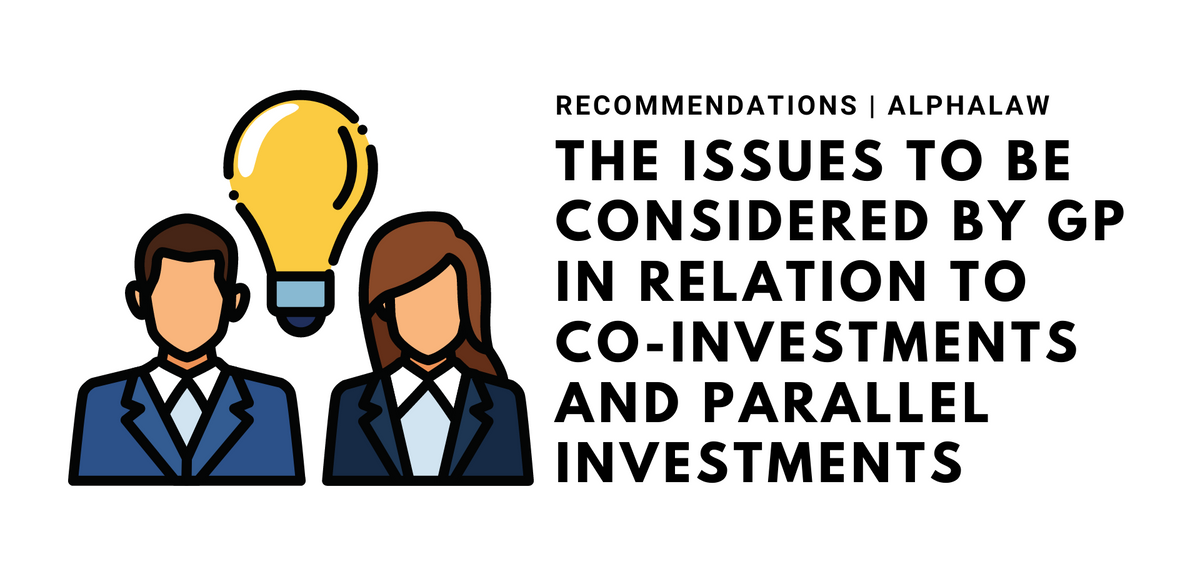The Issues to be Considered by GP in Relation to Co-investments and Parallel Investments by LP Co-investors and Other Third Parties

Explanation
In certain circumstances, LP co-investors of the fund or other third parties with whom GP is in some way connected may wish to invest directly in a company in which GP proposes to invest on behalf of the fund. If a co-investment is more successful than the fund as a whole, the fund's LPs may argue that a larger portion of the investment should have been allocated to the fund. On the other hand, such syndications may allow the funds to invest in a target company that is otherwise beyond their reach while still complying with any diversification restrictions in the fund's documents.
Recommendation
The GP should determine the fund's appetite for any investment and only then co-investments and/or parallel investments should be considered (except in the case of pre-arranged and disclosed co-investment arrangements or where the LP co-investor adds particular expertise or other value to the transaction).
Where co-investment opportunities are anticipated during the life of the fund, detailed and clear contractual terms relating to co-investment and direct investment are essential in the fund documentation and details of co-investment arrangements, both for the fund and for individual transactions, should be disclosed to the fund's LPs.
If a conflict of interest arises, it should be resolved in accordance with the conflict of interest resolution procedures of GP. LPs may place themselves in conflict of interest situations when they participate in co-investments. The conflict can be even more problematic if the LP also sits on the LPAC. The criteria for invitations to LPs to co-invest are another potential source of conflict of interest. The parameters of a co-investment process should be made clear to all LPs in advance.





